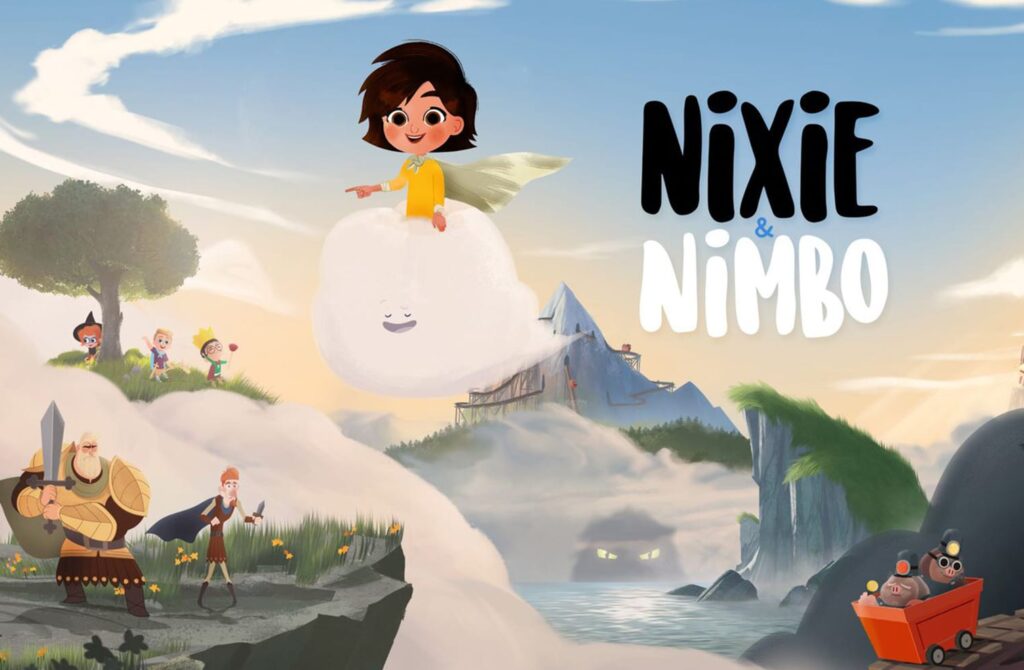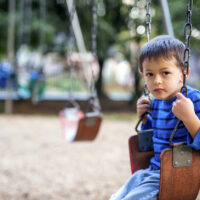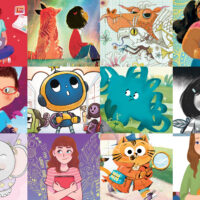
Video Resources
Nixie and Nimbo
Our thoughts and actions affect how we feel. By changing distorted thinking and dysfunctional behavior, we can change our emotions. Nixie and Nimbo is a series of kindergarten learning videos where we explore tools children can use to control their anxiety rather than letting it control them.
Nixie and Nimbo was nominated “Best Special Production” at the 48th Annual Annie Awards.
Download Nixie and Nimbo’s Guide to Helping Kids Tame Fears
Get takeaways to share with your child, plus tips for parents.
Download Nixie and Nimbo’s Guide to Helping Kids Tame Fears
Get takeaways to share with your child, plus tips for parents.




